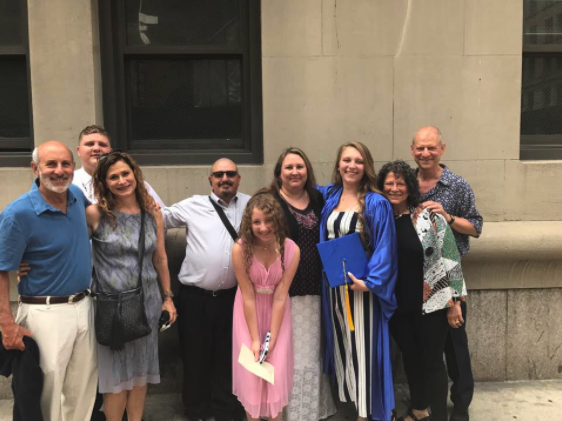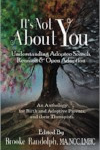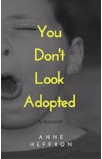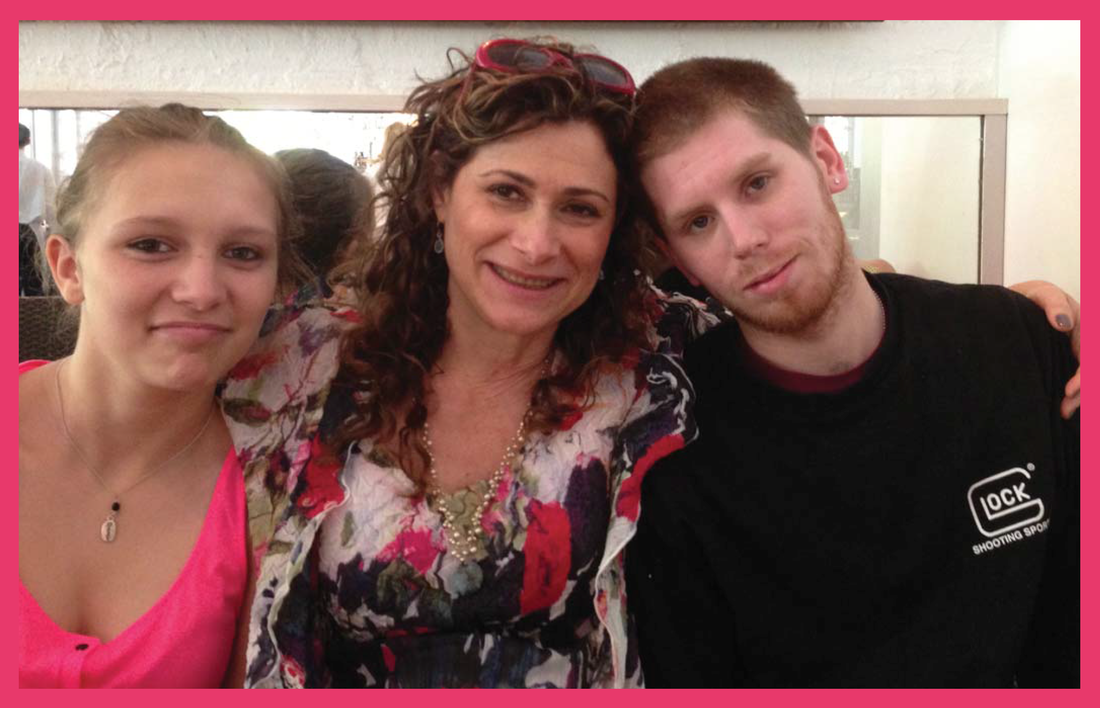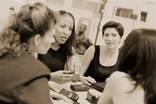She’s away at college and I feel so helpless being so far away. What can be wrong? How soon can we get to the doctor? Can she hold on until break or do we need to get her to urgent care? My mind races. “It’s passing,” she says. Momentary relief.
On Christmas break we have everything checked. I’ll spare you the details! As we sit in the doctor’s waiting room we go through the usual exercise that is so simple for biological families and so emotionally charged for adoptive families: filling out the medical history. What information do we have? What do we know? What is missing?
Fortunately, we are in touch with my daughter’s birth mom. My daughter texts her: Did anyone in the family have an ulcer, colon cancer, etc. etc. We go through the long list? “What’s wrong?” comes back on the airwaves. “I’m at the doctor. Having some pain.” Nothing on the list, but then we remember: she had her gall bladder out!
Multiple tests later: it’s gall stones, something they might not have looked for had we not had that family medical information. My daughter is now recuperating form gall bladder surgery and back to school where she can stop being in pain and get on with her studies. What a relief!
A simple and common problem, but when you’re adopted you might never know that every woman in your family has had it, unless you had someone in that family to ask!
Some of us can get medical history for our children. If you can do! Some of us cannot and so we work in the dark in these moments, as in so many other moments. Where does this come from? How do I understand it? What can I do to help? How do I address my own feelings of helplessness and disconnection from history and biology?
In my adoptive parent groups we form a safe circle to explore the challenges and needs that arise as we parent the children we adopted. If you or someone you know are looking for a safe space to explore what it means to parent an adopted child and to process the complex feelings and needs that that involves please contact me: [email protected] or 212-645-7047


